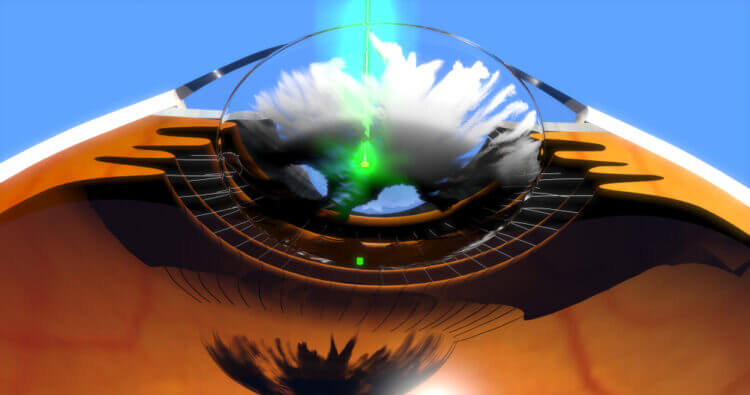
The natural lens of the eye is situated in an elastic-like capsular bag that holds it in place. When performing cataract surgery, the front portion of the capsule is opened in order to remove the lens. After completely removing the natural lens, the intraocular lens is positioned inside the capsular bag. The capsule holds the intraocular lens and serves as a protective barrier for the back of the eye.
Following cataract surgery, the capsule may produce cloudy cells that typically cause blurred, hazy vision. Some patients may also experience glare problems when driving at night. This common condition, known as posterior capsular haze, occurs in as many as 40% of patients who undergo cataract surgery. Posterior capsular haze may occur months or years postoperative.
Posterior capsular haze can be simply treated using a YAG laser. Dilating drops are instilled and the laser is used to create an opening in the center of the cloudy capsule. Most patients notice an instant improvement in their vision, while others experience a gradual improvement over several days. YAG capsulotomy is an out-patient procedure and takes just minutes to perform.
After the procedure is complete, your vital signs and intraocular pressure will be assessed and you will be free to return to normal activity for the rest of the day.
Request Appointment